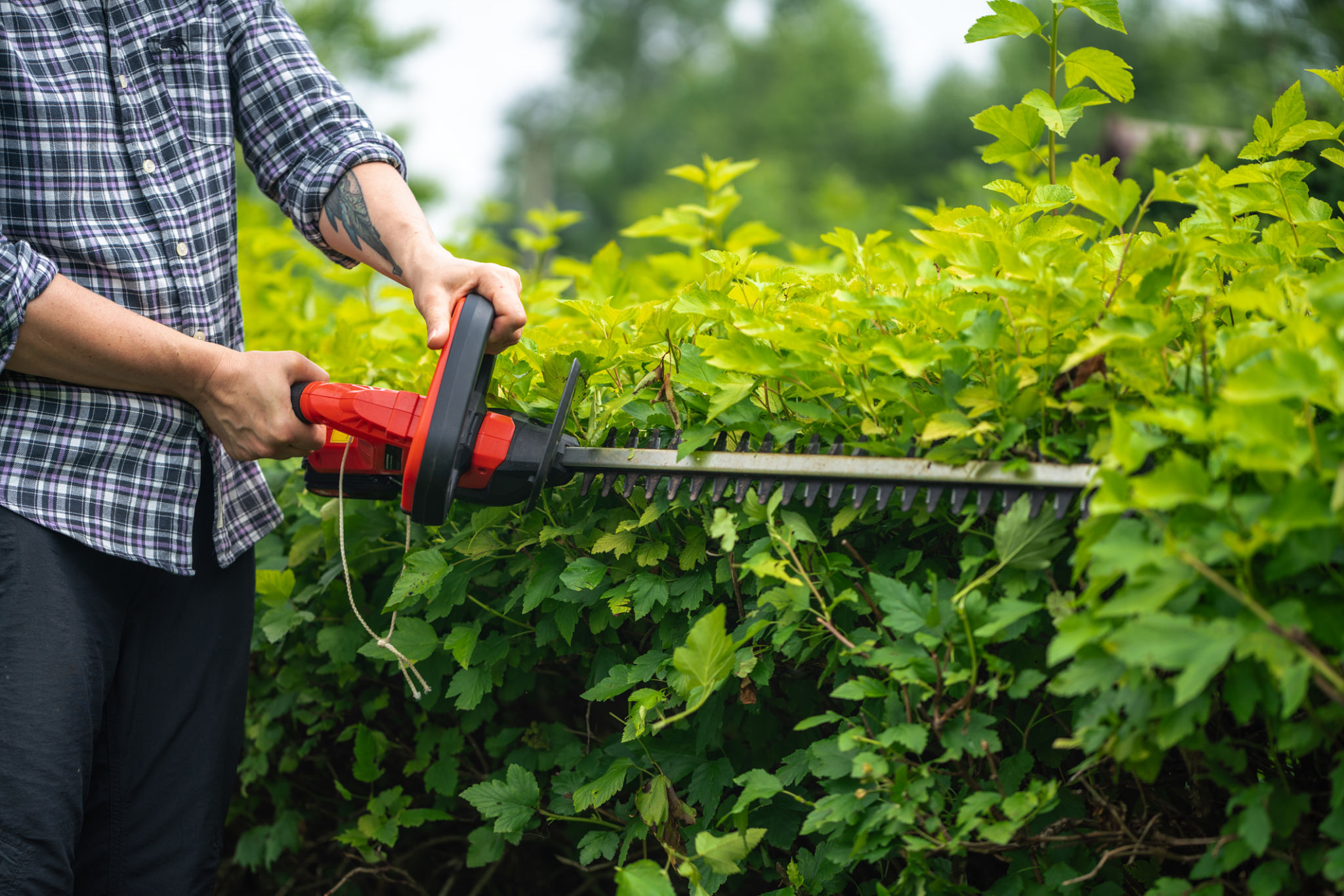DIY Hedge Trimming: A Step-by-Step Guide from Professional Landscapers in Lancaster, PA
Why Trim Your Hedges?
Maintaining a well-manicured garden is essential for enhancing the beauty and value of your property. Regular hedge trimming is a crucial part of this process. Trimming your hedges not only keeps them looking tidy but also promotes healthy growth by allowing sunlight and air to penetrate the foliage.

Tools You Will Need
Before you start trimming, it’s important to gather all the necessary tools. Here's a list of what you'll need:
- Hedge Trimmers: Choose between manual shears or electric trimmers, depending on the size of your hedges.
- Protective Gear: Always wear gloves and safety glasses to protect yourself from debris.
- Rake: Use this to gather clippings from the ground.
- Ladder: For reaching higher parts of larger hedges.
Timing Your Trim
The timing of your hedge trimming can greatly affect the health of your plants. The best time to trim hedges in Lancaster, PA, is in late spring or early summer, after the first major growth spurt. This encourages fuller growth and reduces the chance of disease.

Step-by-Step Trimming Guide
Follow these steps to ensure a professional-looking trim:
- Plan Your Shape: Visualize the shape you want for your hedges. It helps to use stakes and string as a guide for straight lines.
- Start from the Bottom: Begin trimming from the bottom and work your way up. This ensures stability and a smooth finish.
- Trim the Sides: Keep the top narrower than the base to allow sunlight to reach lower branches.
- Tackle the Top: Carefully trim the top of your hedges, keeping it level for a neat appearance.
Troubleshooting Common Problems
If you encounter uneven growth or gaps in your hedges, don't panic. These are common issues that can be resolved with regular trimming and care. Be patient, as it may take a few seasons for hedges to grow back evenly. In some cases, additional fertilization or adjusting watering schedules may be necessary.

Aftercare and Maintenance
Once trimmed, it's important to care for your hedges properly. Water them adequately, especially during dry periods, and consider adding mulch around the base to retain moisture and prevent weeds. Regularly inspect your hedges for signs of pests or diseases and address any issues promptly.
Safety Tips
Your safety should always be a priority during hedge trimming. Ensure that your tools are in good working condition and avoid working during wet or windy conditions. When using ladders, make sure they are on stable ground and never overreach. If a task seems beyond your skill level, consider hiring a professional landscaper for assistance.
Conclusion
Trimming hedges is a satisfying DIY project that can greatly enhance the appearance of your garden. With the right tools, timing, and techniques, you can achieve professional-looking results while promoting the health and vitality of your plants. Whether you're an experienced gardener or a beginner, these tips will help you maintain beautiful hedges year-round.
